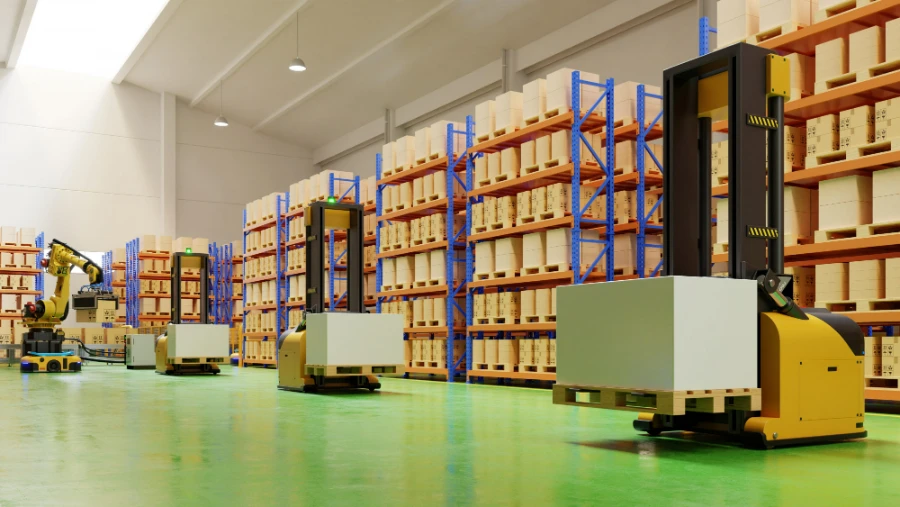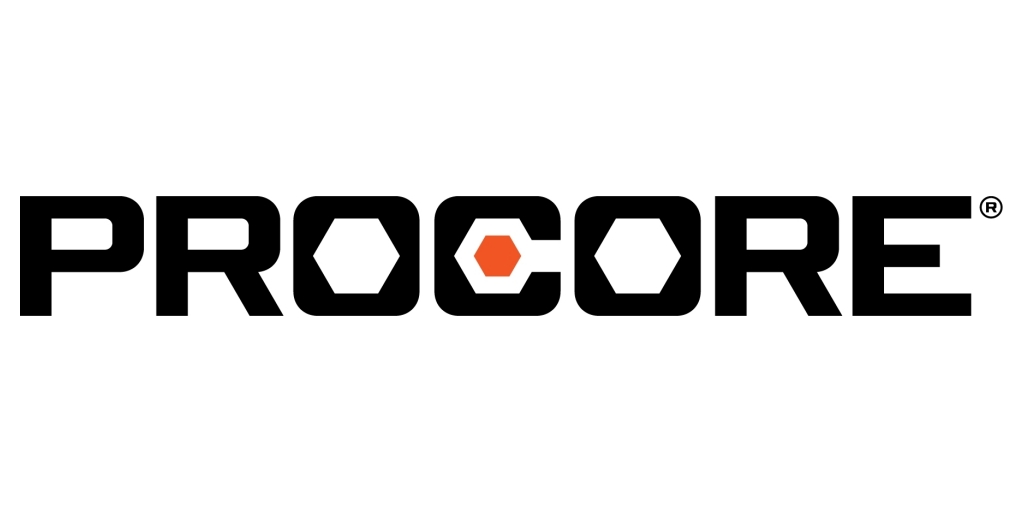
Their recent evolution has made supply chains more challenging & complex. Geo-political disruptions, market volatility and a higher need for efficiency have urged leaders to build supply chains that are more agile & flexible. This has triggered regionalization & optimization of flows and, therefore, the need to focus on supply chain resilience.
Opting for AI solutions to tackle these challenges is fast becoming a go-to approach for several organizations. An integrated end-to-end system that analyzes business opportunities & constraints provides visibility of operations, and aids overall decision-making, is making AI a potential game-changer.
So how can businesses derive the total value of AI? Here are a few ways:
1) Organizations must begin with selecting the ‘right critical’ solution. For e.g., if the aim is to manage the complexity of supply chains, leaders must adopt AI solutions to specific business cases that align with the organization’s strategy. If forecasting, end-to-end transparency & automaton of physical goods flow is to be achieved, the building of prediction models and correction analysis becomes pertinent.
Defining a digital supply chain strategy will help identify challenges, create value & outline a long-term strategic roadmap.
2) Defining use cases to drive significant value. Though AI & supply chain analytics exist for several use cases, some may be harder to scale than others. In such scenarios, leaders must opt for what is called ‘scenario modeling’, often done with the help of a digital twin. A digital twin acts as a supply chain virtual replica that represents assets, warehouses, material flows, and inventory positions and can be created to simulate supply chain performance or even an end-to-end supply chain to improve particular functions.
3) Understanding & planning demand for individual customers – especially during times of disruption – can be difficult. Assessing a unified market, i.e. integrating internal and external data (& real-time) across processes and functions, can transform an organization’s approach to demand forecasting & planning.
4) Gaining visibility into suppliers to make supplier bases less complex with analytics, AI & the cloud that enable companies to monitor the multi-echelon supply chain. When data is captured across various verticals of the supply chains, robust AI models give companies a real-time view of their suppliers. The right insights from this data can reveal which suppliers present risk or highlight a supplier’s inability to supply a vital raw material, all while predicting its impact across the complete supply chain.
5) Managing change and building capability. Though implementing tech solutions may be half the battle won, assessing change & addressing skill gaps, if not managed well, can hinder AI’s full value capture. AI must be seen as an aide that provides teams with deeper insights, and a technology investment must be matched with upskilling efforts & timely workforce education.
AI, through its supply chain data solutions, can chart a path to a more resilient & agile supply chain and enable companies to automate tasks, gain deeper relevant insights and make decisions that improve business performance.
With the help of manageable steps, businesses can streamline their processes toward innovative operations that lead to supply chain intelligence and leverage the benefits of an increasingly complicated global supply chain.





















